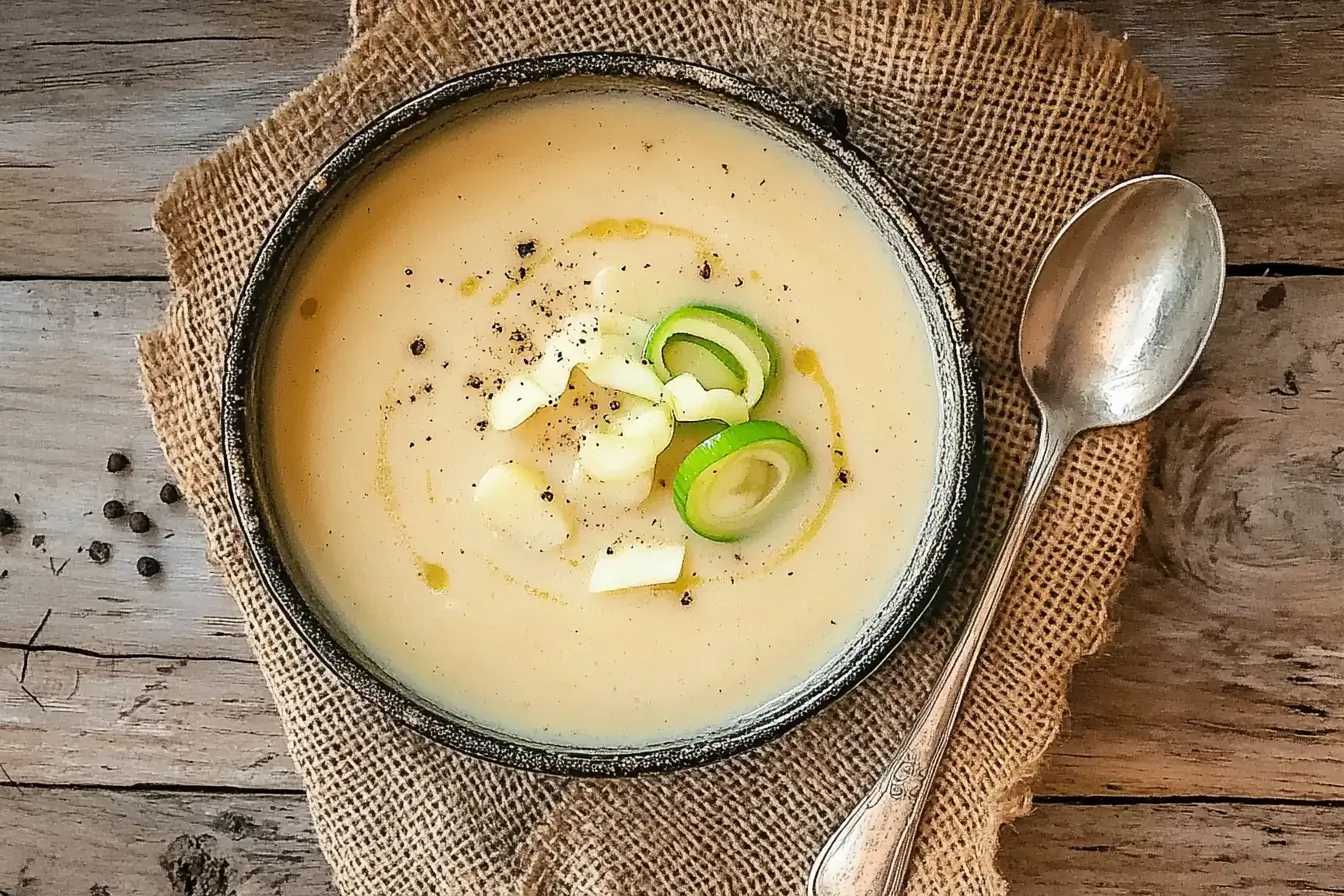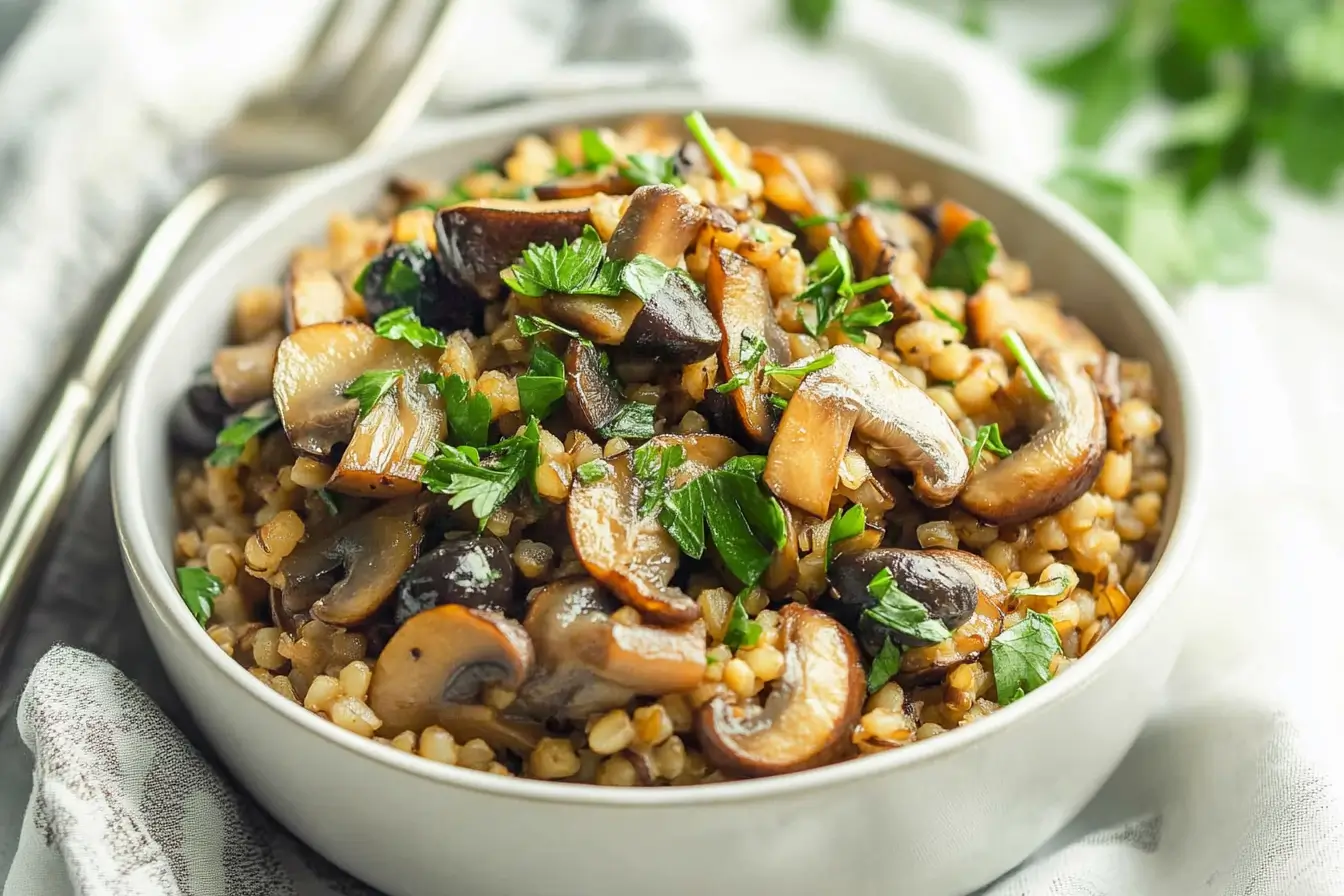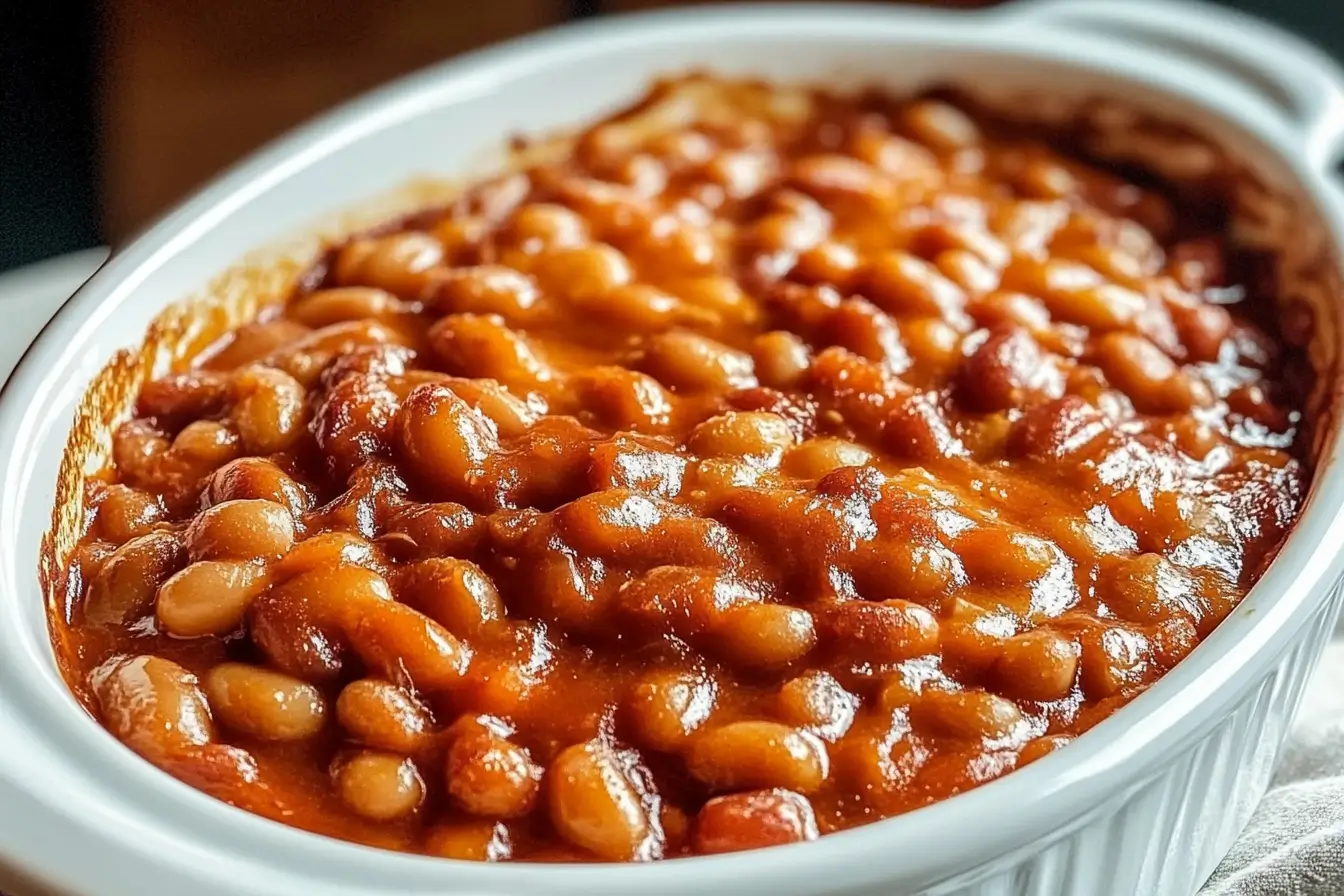If your green beans taste sweeter than you’d like, you’re not alone. The natural sugars in this popular vegetable can sometimes overpower their savory potential. Thankfully, there are effective ways to reduce sweetness and create a more balanced flavor.
This guide will explore various techniques, from cooking methods to seasoning strategies, to help you transform green beans into a perfectly savory dish. Whether you’re preparing a side dish or incorporating them into a main course, these tips will enhance their natural taste without compromising their nutritional value.
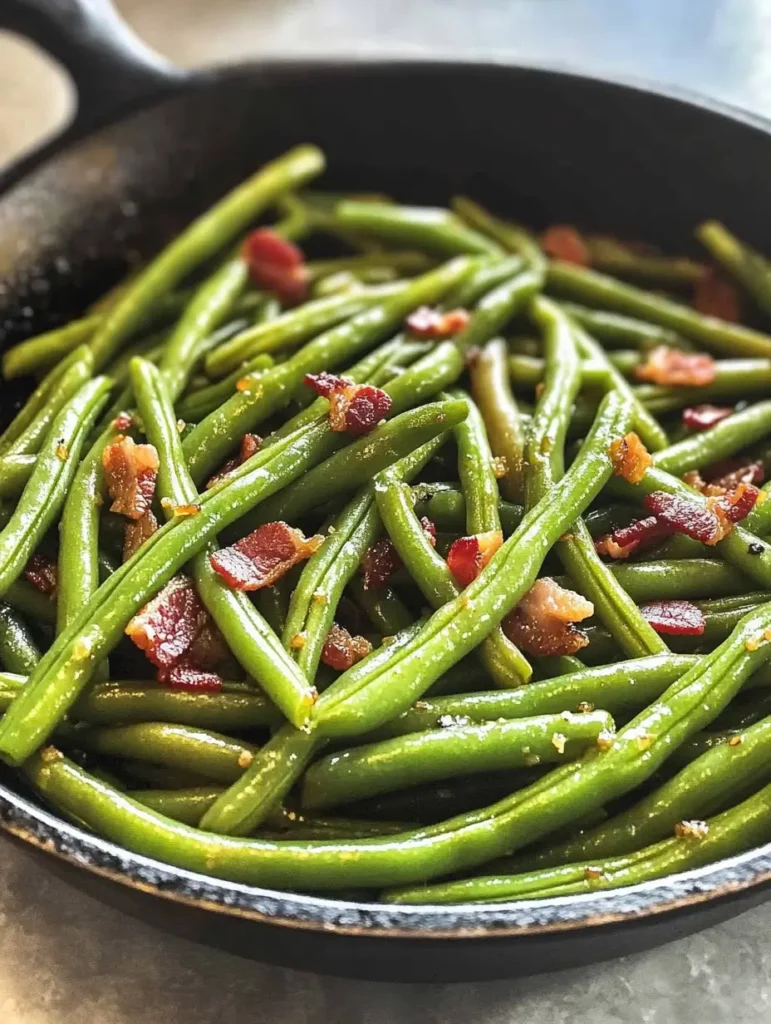
Understanding Why Green Beans Taste Sweet
Green beans have a natural sweetness that surprises many. This sweetness comes from their makeup and how we prepare them. Let’s look into why green beans might taste sweeter than you expect.
Natural Sugar Content in Green Beans
Green beans have natural sugars like sucrose, fructose, and glucose. These sugars are part of their nutritional value and add to their sweet taste. The sugar amount varies among green bean types, with some being sweeter.
Impact of Cooking Methods on Sweetness
Cooking green beans can change their sweetness. Overcooking makes them taste sweeter because it breaks down carbs into sugars. Quick cooking, like blanching or stir-frying, keeps their natural flavor without making them sweeter.
Role of Variety Selection in Bean Sweetness
Different green bean types have different sweetness levels. Some, like Blue Lake or Kentucky Wonder, are known for their sweet taste. If you want less sweet beans, try Provider or Contender, which have a balanced taste.
Knowing these factors helps you control green bean sweetness. Choose the right type, cook them right, and you’ll get the perfect flavor in your dishes.
Essential Kitchen Tools for Green Bean Preparation
Getting good at cooking green beans starts with the right tools. A sharp chef’s knife is key for cutting beans to the right length. Look for a knife that feels good in your hand and keeps its edge well.
A large colander is a must for washing and draining beans. Pick one with small holes to keep beans from falling through. Stainless steel colanders are tough and simple to clean.
For blanching, you need a big pot. Choose one where your beans can swim in boiling water. Use a slotted spoon or spider strainer to take beans out of hot water.
An ice bath setup is crucial for cooling blanched beans. Fill a big bowl with ice and cold water. This stops the cooking and keeps the beans green.
- Steamer basket: Fits inside your pot for gentle steaming
- Tongs: Ideal for handling hot beans safely
- Cutting board: Choose a non-slip surface for safe prep
With these tools, you’re ready to try different green bean cooking methods. Your beans will be perfect in every dish you make.
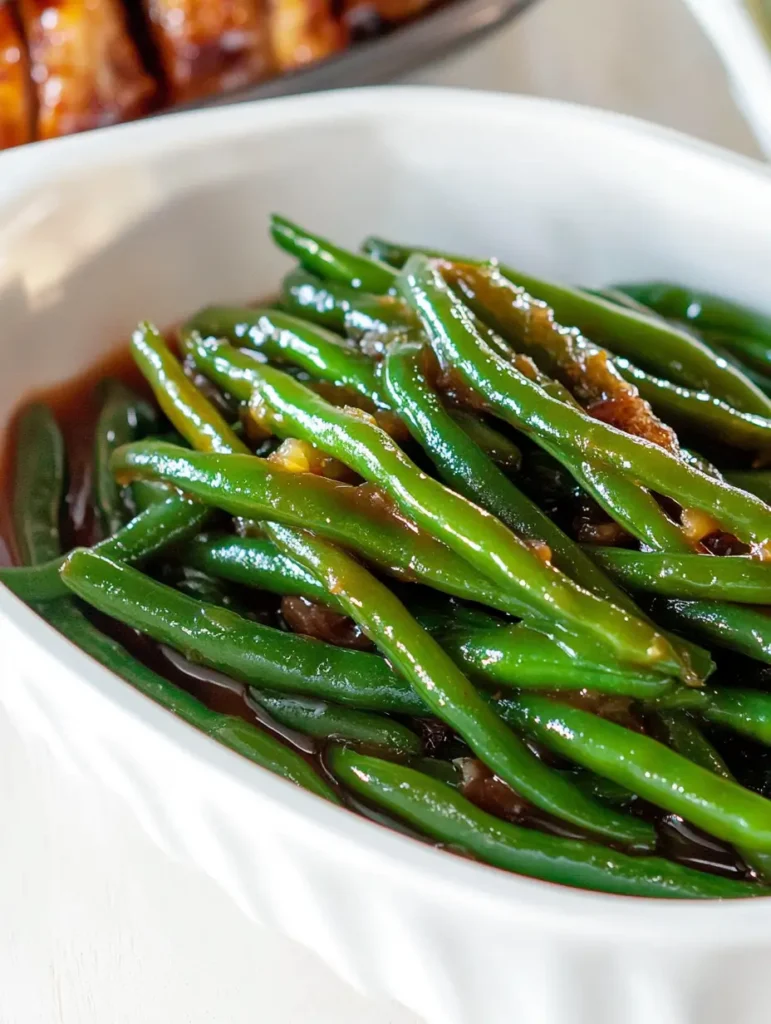
How to Make Green Beans Less Sweet
Green beans can sometimes taste sweeter than we like. To make them less sweet, try these tips. They focus on blanching and keeping green beans crisp.
Quick Blanching Techniques
Blanching is crucial for keeping green beans crunchy and less sweet. Boil a large pot of water. Then, drop your beans in for 2-3 minutes.
This short cooking time helps keep them crunchy. It also reduces their sweetness.
Salt and Timing Control
Add salt to your blanching water. It seasons the beans and balances their sweetness. Use about 1 tablespoon of salt for every quart of water.
Watch the clock closely during blanching. Overcooking makes beans mushy and sweeter.
Temperature Management Tips
After blanching, quickly move your green beans to an ice bath. This sudden change stops cooking and keeps them crisp. Leave them in the ice water for the same time as blanching.
Once cooled, drain and pat them dry. Then, season or cook them further.
- Use a large pot of water to ensure even cooking
- Maintain a rapid boil throughout the blanching process
- Prepare your ice bath before you start blanching
Mastering these blanching techniques will give you perfectly crisp green beans. They’ll have a balanced flavor. Try these methods to adjust the sweetness to your liking.
Balancing Flavors with Acidic Ingredients
Green beans can sometimes taste too sweet. Adding acidic ingredients helps balance their flavor. Let’s explore some tasty options to make your green beans more savory.
Using Lemon Juice and Vinegar
Lemon juice and vinegar are great for green beans. Squeeze fresh lemon over cooked beans or toss them with balsamic vinegar. These additions cut through sweetness and add zest to your dish.
Adding Mustard and Capers
Mustard and capers bring tangy notes to green beans. Mix a teaspoon of Dijon mustard into your bean dish for a sharp kick. Sprinkle capers over the beans to add bursts of briny flavor that complement their natural taste.
Incorporating Tomato-Based Products
Tomatoes are versatile acidic ingredients for green beans. Toss your beans with diced fresh tomatoes or a spoonful of tomato paste. For a richer flavor, try adding sun-dried tomatoes. These additions not only balance sweetness but also enhance the overall taste of your green bean dish.
Experiment with these acidic ingredients to find your perfect green bean recipe. You’ll discover new ways to enjoy this vegetable while keeping its natural sweetness in check.
Savory Seasonings to Counter Sweetness
Green bean seasoning can change your dish from sweet to savory. The right herbs and spices can balance the flavor. This makes the green beans taste better.
Garlic and onion powder are great for green beans. They add a savory taste that complements the sweetness. Sprinkle them lightly before cooking for a flavor boost.
Oregano and thyme give a Mediterranean twist. They add an earthy smell that goes well with green beans. Add lemon zest for a bright, tangy taste.
Smoked paprika is also a good choice. Its smoky flavor adds depth and balances sweetness. Use it sparingly for a big flavor change.
Umami-rich seasonings like nutritional yeast or mushroom powder are also good. They add a savory depth that makes green beans taste more complex and less sweet.
Try different seasoning combinations to find your favorite. Taste as you go and adjust the seasonings. With the right mix, you’ll have delicious, savory green beans every time.
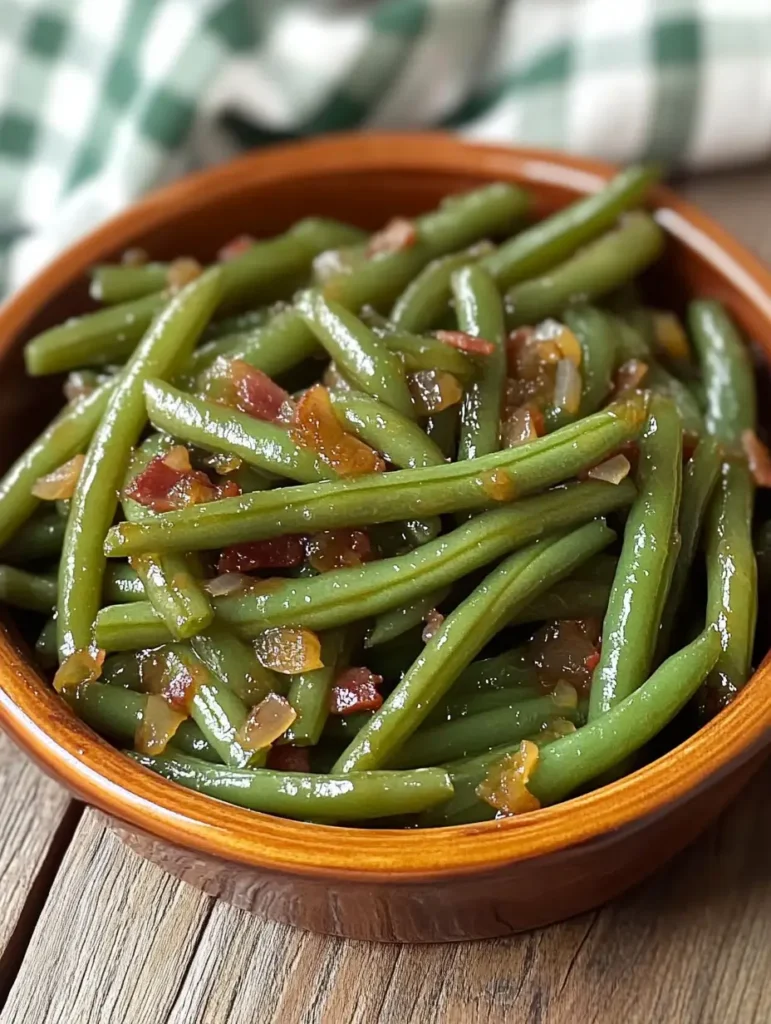
Perfect Blanching and Shocking Methods
Mastering green bean blanching is key to achieving crisp green beans. This technique involves briefly cooking the beans in boiling water, then cooling them in an ice bath. Let’s dive into the details of this process.
Water Temperature Guidelines
For optimal results, use a large pot of water at a rolling boil. The high temperature ensures rapid cooking. This preserves the beans’ vibrant color and crunch. Add a pinch of salt to enhance flavor.
Ice Bath Preparation
While your water heats up, prepare an ice bath. Fill a large bowl with cold water and ice cubes. This step is crucial for stopping the cooking process and maintaining the beans’ crispness.
Timing for Optimal Crispness
Timing is everything in green bean blanching. Blanch the beans for 2-3 minutes, depending on their size. Remove them promptly and plunge them into the ice bath for the same duration. This method ensures your green beans remain crisp and retain their bright color.
- Small beans: 2 minutes
- Medium beans: 2.5 minutes
- Large beans: 3 minutes
By following these steps, you’ll achieve perfectly blanched, crisp green beans every time. This method preserves their nutritional value and prepares them for various dishes or further cooking methods.
Complementary Ingredients for Green Beans
Creating tasty dishes starts with balancing green bean flavor. Pairing them with the right ingredients can make them even better. Let’s look at some great options to go with green beans.
Aromatic Vegetables and Herbs
Aromatic veggies and herbs can make green beans shine. Try cooking them with garlic or onions. Herbs like thyme, rosemary, or basil can highlight the beans’ natural taste. Add some lemon zest or ginger for a zesty touch.
Protein Pairings
Green beans go well with many proteins, making meals complete. Here are some good choices:
- Grilled chicken breast
- Pan-seared salmon
- Crispy bacon bits
- Tofu cubes for a vegetarian option
Spice Combinations
Spices can change green beans’ taste. Try these mixes:
- Smoked paprika and black pepper
- Cumin and coriander for a Middle Eastern twist
- Red pepper flakes for a spicy kick
- Curry powder for an Indian-inspired dish
By mixing these ingredients, you can find new ways to enjoy green beans. Be creative in the kitchen!
Common Mistakes to Avoid When Cooking Green Beans
Cooking green beans may seem simple, but a few common mistakes can lead to disappointing results. Here’s how to avoid them with the right techniques:
• Overcooking the beans: Cooking too long causes green beans to lose their vibrant color and crisp texture, making them mushy and overly sweet. To prevent this, blanch them briefly in boiling water and cool them in an ice bath immediately.
• Skipping proper seasoning: Green beans need salt to enhance their flavor. Always add salt to the cooking water and season again after cooking to balance sweetness and bring out their savory notes.
• Failing to trim the ends: Tough stem ends can ruin the texture. Snip them off before cooking for a cleaner, more enjoyable bite.
• Using too much water: Boiling green beans in excess water dilutes their flavor. Opt for steaming or sautéing to retain their natural taste and nutrients.
• Cooking too far in advance: Green beans are best served freshly cooked. Preparing them too early can result in loss of texture and flavor.
Storage and Preparation Tips for Fresh Green Beans
Fresh green beans can make a delicious side dish when prepared correctly. Knowing how to select, store, and prep your beans ensures the best flavor and texture. Let’s explore some key tips for handling fresh green beans.
Selection Guidelines
When picking green beans, look for a bright color and firm texture. Avoid beans with blemishes or soft spots. Different green bean varieties offer unique flavors, so try a few to find your favorite. String beans and French beans are popular choices.
Proper Storage Methods
Store unwashed green beans in a plastic bag in the fridge. They’ll stay fresh for about a week. For longer storage, blanch and freeze them. This preserves their taste and nutritional value for months.
Cleaning and Trimming Techniques
Rinse green beans under cool water to remove dirt. Snap off the stem ends and any tough strings. You can leave the pointed tips for a nicer presentation. Some green bean varieties are stringless, making prep even easier.
- Wash beans just before cooking
- Remove stems and strings
- Cut longer beans into bite-sized pieces if desired
By following these tips, you’ll have perfectly prepped green beans ready for your favorite recipes. Whether you’re blanching, sautéing, or roasting, starting with well-prepared beans makes all the difference.

Conclusion
Quick blanching, proper seasoning, and choosing the right ingredients are crucial for making green beans less sweet. Blanching and shocking help keep them crisp and control sweetness.
Adding a splash of lemon juice or vinegar balances their natural sugars, creating a more complex flavor. With these tips, you can make green bean dishes that suit your taste, whether for a holiday feast or a cozy dinner at home.
FAQ
Blanching the beans briefly and seasoning them with salt can help reduce sweetness. Additionally, acidic ingredients like lemon juice, vinegar, or mustard balance the flavor.
Use garlic powder, onion powder, smoked paprika, thyme, rosemary, or cumin. Add toppings like olive oil, grated Parmesan, or nuts for extra flavor.
Blanching green beans and seasoning them with butter, salt, or acidic ingredients like lemon juice can neutralize bitterness effectively.
Baking soda softens the beans quickly by breaking down their tough fibers. However, use it sparingly to avoid a soapy aftertaste.
Green beans can taste sweet because of their natural sugars. These sugars become more noticeable when overcooked. The variety of green bean and the cooking method also influence their sweetness.
Yes, varieties like haricot vert (French green beans) and Blue Lake beans are less sweet, offering a more savory taste compared to other types.

